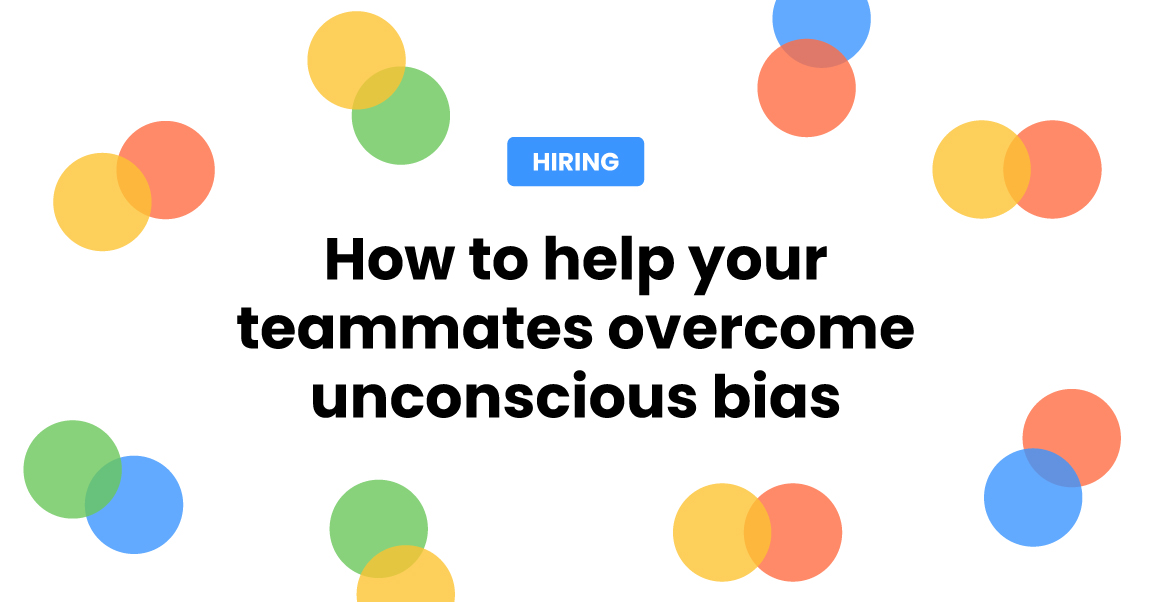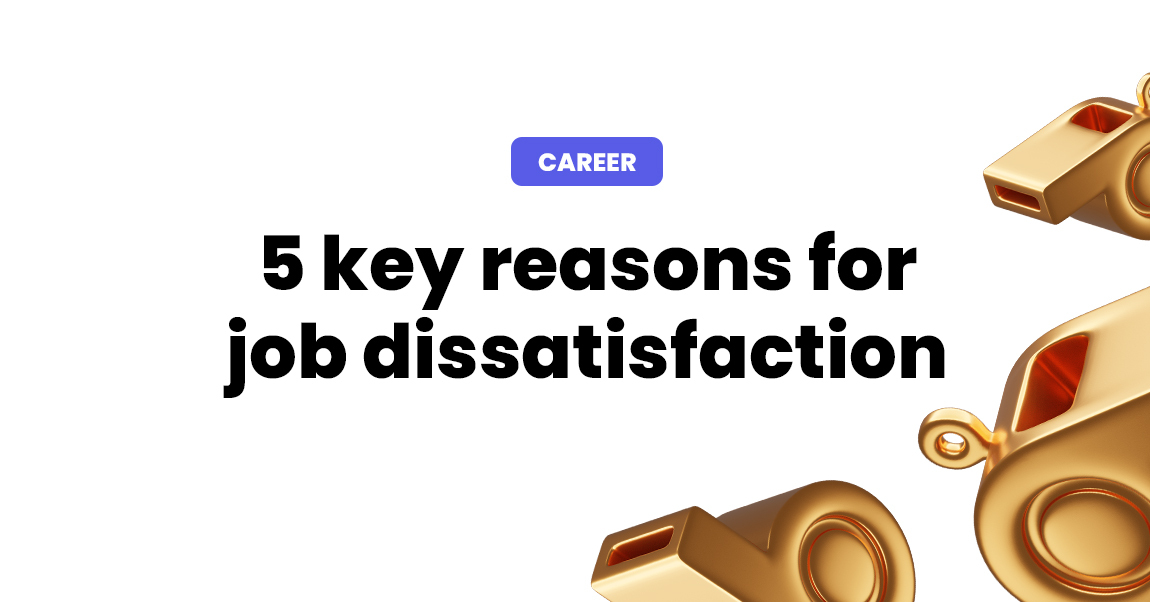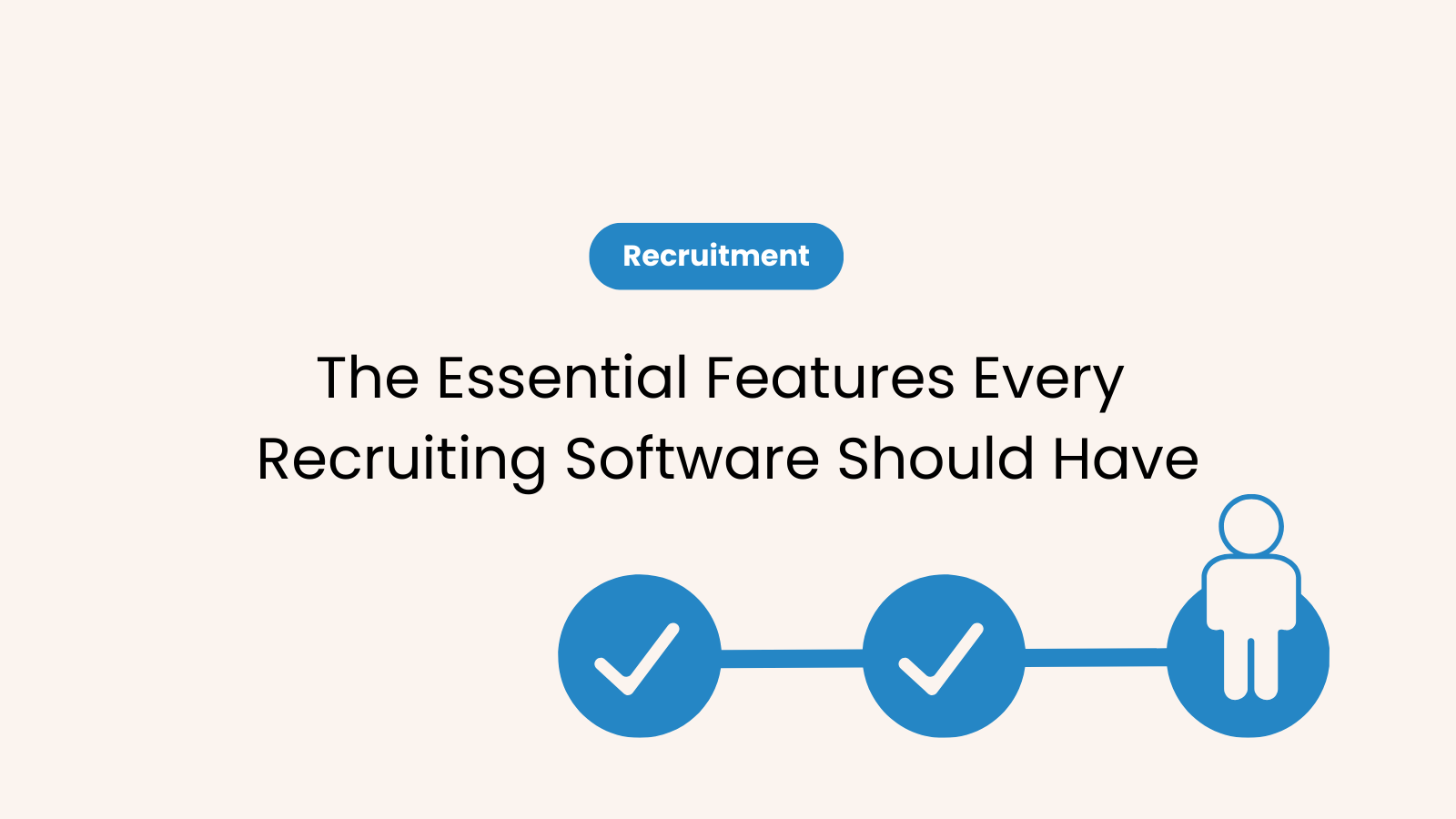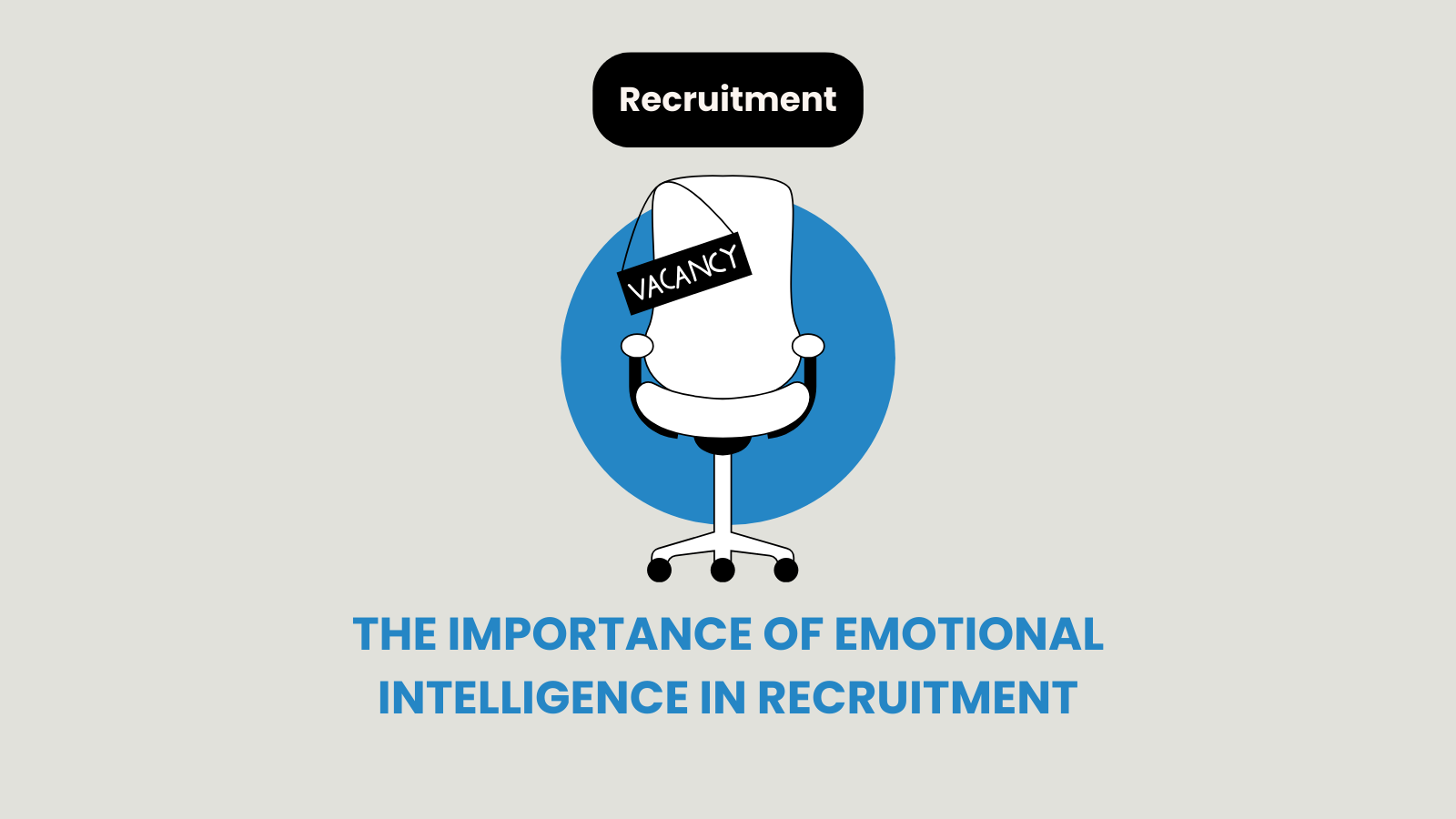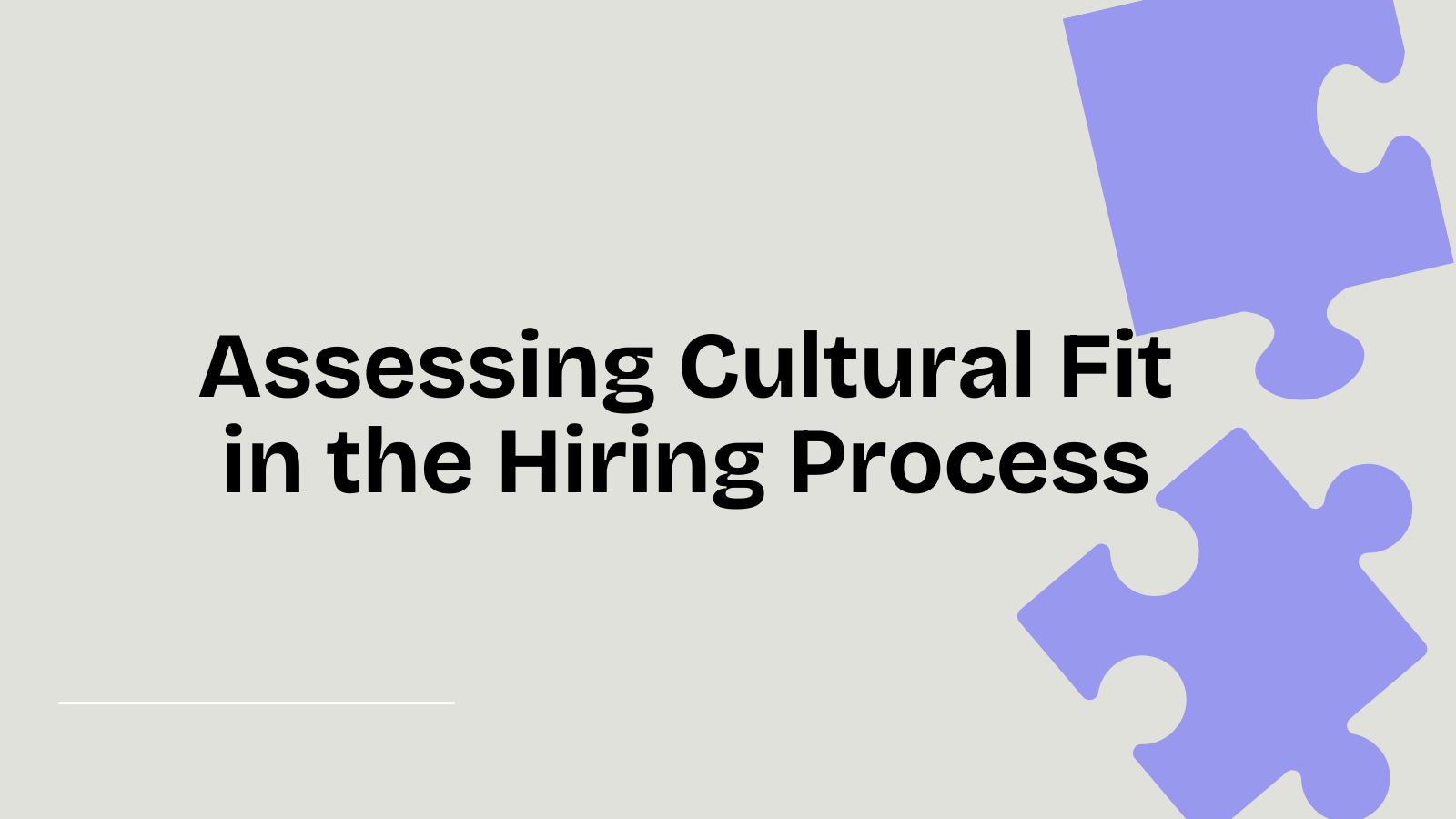No matter whether we realize it or not, we mostly judge people we meet based on what we see. And not only their looks, age, or attractiveness – we may also judge them based on unconscious bias so we take their accent, socioeconomic status, and where they are coming from into account. These biases are mostly influenced by our personal experiences, but also our culture and background. However, in the workplace, as well as in life, they can lead to the less favorable treatment of some groups which should be avoided. Our article will explain how to help your teammates overcome subconscious bias.
Unconscious Bias – in a Nutshell
We may not realize it, but we may possess certain preconceived ideas about someone or even a group of people. When we allow negative feelings that stem from such ideas to affect our judgment, it’s called unconscious bias. It’s often not our fault that such negative feelings, stereotypes, and attitudes cloud our judgment of someone.
We are not born this way. In fact, according to research done by the University of British Columbia, it’s shown that bias doesn’t start with our birth, and infants don’t associate unfavorably with unfamiliar groups. Both positive and negative preconceived ideas first form around ages 3 or 4 and develop further when strengthened by the surroundings.
This simply shows that we are not responsible for the way our brains categorize the information we receive because it’s involuntary. However, we can learn to become aware and to be mindful of our own unconscious bias. Once we realize it’s there, we can take the necessary steps to prevent it from affecting our judgment and decisions.
Some Important Facts to Keep In Mind
Before you approach the problem of unconscious bias you might have witnessed in your workplace, and work with your teammates toward the common goal of avoiding it, you should know some key facts and findings. Know that, according to a survey:
- Almost 40% of those surveyed claimed to encounter bias frequently – at least once per month.
- Over 80% classify the discrimination they have encountered and observed in the workplace as subtle, indirect, or microaggressions.
- Around 70% of respondents claimed that encountering bias had a negative effect on their productivity.
On the other hand, organizations with higher levels of diversity reported 19% higher revenues stemming from innovation, while 70% of companies that nurture diversity are much more likely to conquer new markets, compared to other competitors. Keep in mind that becoming a successful team leader means tackling bias and implementing positive practices inside your organization.
What Are Unconscious Bias Types That Can Be Found in the Workplace?
There are many types of unconscious bias that can be found in the workplace. By acknowledging and addressing these biases, individuals, and organizations can promote diversity, equity, and inclusion in the workplace. But, before we go any further, let’s learn about the different types of bias we can witness in the workplace.
Confirmation Bias
Confirmation bias is the tendency to seek out information that confirms preexisting beliefs or stereotypes while ignoring information that contradicts them. In the workplace, this can lead to biased decision-making in hiring, performance evaluations, and promotions.
Affinity Bias
A common type of negative preconceived ideas and behavior we can witness in the workplace is affinity bias. This is the tendency to favor people who are similar to oneself in terms of background, interests, or personality. In the workplace, this can lead to homogeneity in hiring and a lack of diversity in the workplace.
Implicit Association Bias
When we associate certain groups of people with particular traits or characteristics, even if those associations are unfounded, we are experiencing implicit association bias. If it’s found in a workplace, it can lead to unfair treatment of individuals based on their race, gender, or other demographic factors.
Groupthink Bias
When we witness a tendency to conform to the opinions or attitudes of a group, rather than making independent decisions based on objective evidence, we are witnessing groupthink. When it’s left unresolved, it can lead to a lack of diversity of thought and a reluctance to challenge the status quo.
The Halo Effect
When we notice the tendency to favor people who are similar to ourselves in terms of background, interests, or personality, it’s called the Halo Effect. When it comes to the hiring process, such bias can lead to homogeneity in recruiting and a noticeable lack of diversity in the workplace.
How to Tackle It With Ease
Creating a fair and inclusive workplace is crucial for fostering a positive work environment where all teammates feel valued and respected. Now that you understand what an unconscious bias is, there are certain measures that can help both you and your team work on preventing them.
Learn to Spot It
Since these biases can impact hiring decisions and performance evaluations, it’s important to identify them and help your teammates overcome them. To start, it’s essential to acknowledge that everyone has them, whether they are aware or not.
One way to identify them is to examine patterns of behavior, such as consistently favoring certain individuals or groups or making assumptions about someone’s abilities or character based on their background or appearance. Another important approach is to collect feedback from others, including coworkers and subordinates, to get a more objective perspective on whether bias is playing a role in decision-making.
Break Present Stereotypes
Stereotypes can be both conscious bias and implicit bias – in essence, they are oversimplified and generalized beliefs about a particular group of people that are often inaccurate or untrue. They often lead to prejudice, discrimination, and marginalization, and unfortunately, there are many unconscious bias examples of this type found in the workplace.
Breaking present stereotypes can be a powerful way to help your teammates overcome unconscious bias in the workplace. To do this, it’s important to start by educating yourself and challenge and confront these stereotypes whenever they arise, whether it’s in an everyday conversation or a decision-making process.
This can involve sharing stories and perspectives that counter stereotypes, highlighting the diversity and unique strengths of different individuals and groups. Additionally, you can seek out opportunities to collaborate with and learn from individuals from different backgrounds, fostering mutual understanding and respect.
Set Examples of Changed Behavior
Setting examples of changed behavior is a powerful way to help your teammates overcome this issue. Here are some examples of changed behavior that can promote diversity, equity, and inclusion:
- Always strive to listen actively and respectfully to individuals coming from different backgrounds and perspectives. This will set an example of how to understand their viewpoints and experiences.
- Avoid making assumptions about individuals based on their background, appearance, or identity. Instead, focus on their unique talents, skills, and contributions.
- Always speak up when you witness bias or discrimination in the workplace, whether it’s in a meeting or in a conversation. Use this as an opportunity to educate others and promote understanding.
- Encourage diverse perspectives and ideas in decision-making processes, and strive to seek input from diverse individuals.
- Make a habit of using inclusive language that respects multicultural groups and individuals.
- Seek out any available opportunities where you can learn more about different cultures, experiences, and identities, whether it’s through training programs, workshops, or conversations.
Make Diversity an Important Part of the Recruitment Process
Diversity and inclusion are essential components of a healthy and thriving workplace culture. To achieve such a workforce, an organization should prioritize diversity in the recruitment process. This can involve expanding the scope of recruitment efforts to reach a broader candidate pool and to focus on candidate experience and engagement, instead of their background. Also, an organization should provide training to hiring managers and recruiters on unconscious bias and how to avoid it during the recruitment process.
What Does Successful Unconscious Bias Training Entail?
Education in the workplace is an important part of overcoming unconscious bias together with your teammates. This education should entail educating individuals on the nature and impact of such negative preconceived ideas. It should also provide practical tools for recognizing and mitigating biases in decision-making processes and fostering a culture of awareness and inclusion in the workplace.
This may involve interactive workshops, case studies, and other experiential learning activities that help your teammates recognize their own biases and develop strategies for mitigating their impact. Additionally, successful training should be a part of a broader diversity and inclusion strategy that includes communication and change across all levels of an organization.
Drive Behavioral Change Together With Your Teammates
To promote diversity, equity, and inclusion in the workplace, it is important to drive behavioral change together with your teammates. This involves fostering open and honest communication, setting measurable goals, providing ongoing training and education, leading by example, and offering feedback and recognition. You should create a safe space where individuals feel comfortable discussing unconscious bias and challenging assumptions.
By doing this, you can encourage your team to recognize and avoid the impact of such negative preconceived ideas on the decision-making process, and the overall work environment. Setting measurable goals and tracking progress can help to keep the team accountable and motivated. Remember that communication is key, and addressing issues can only help your team move forward to a pleasant working atmosphere and your organization to success.
